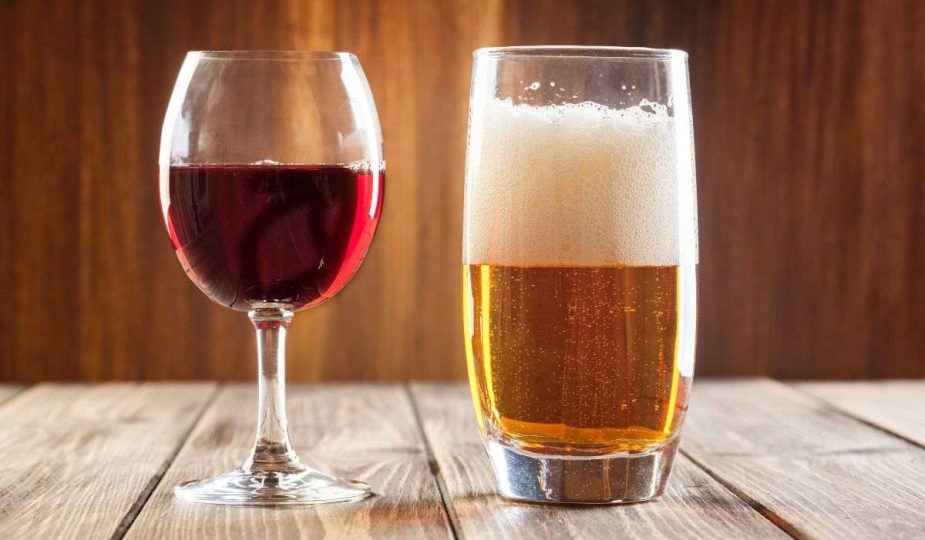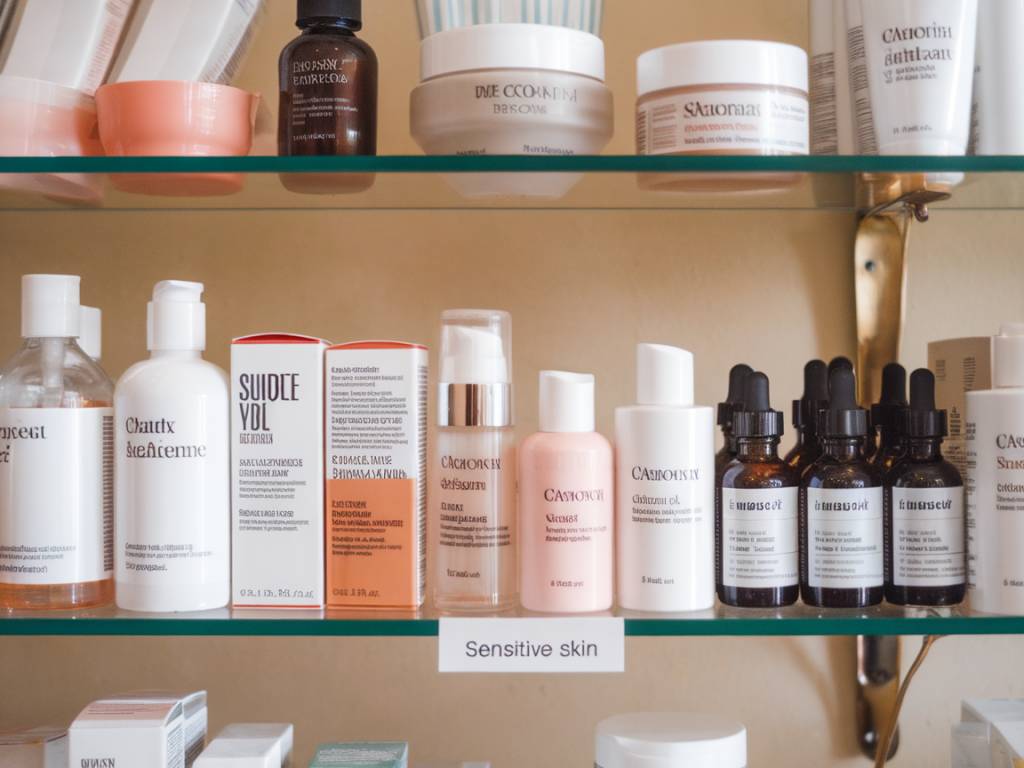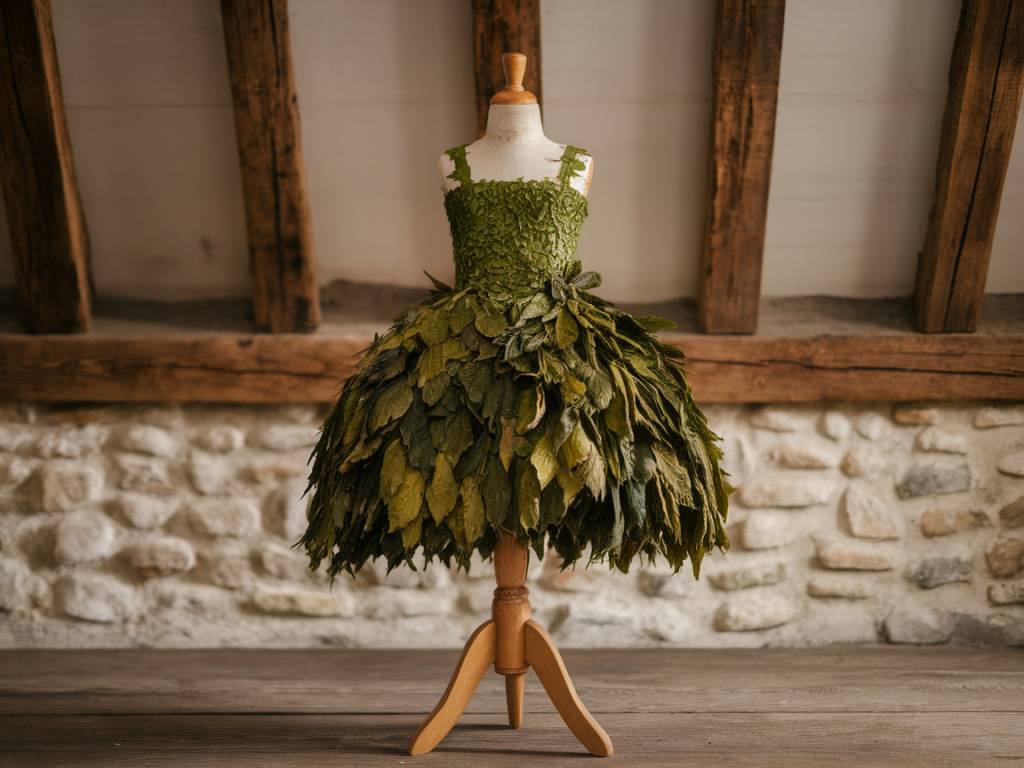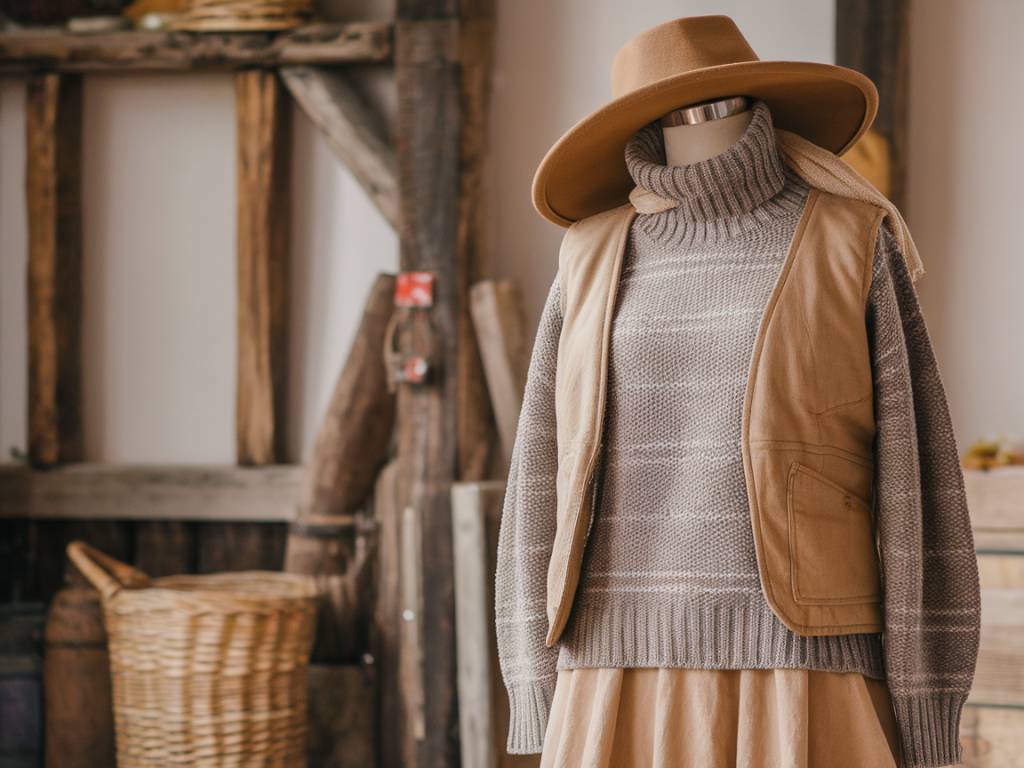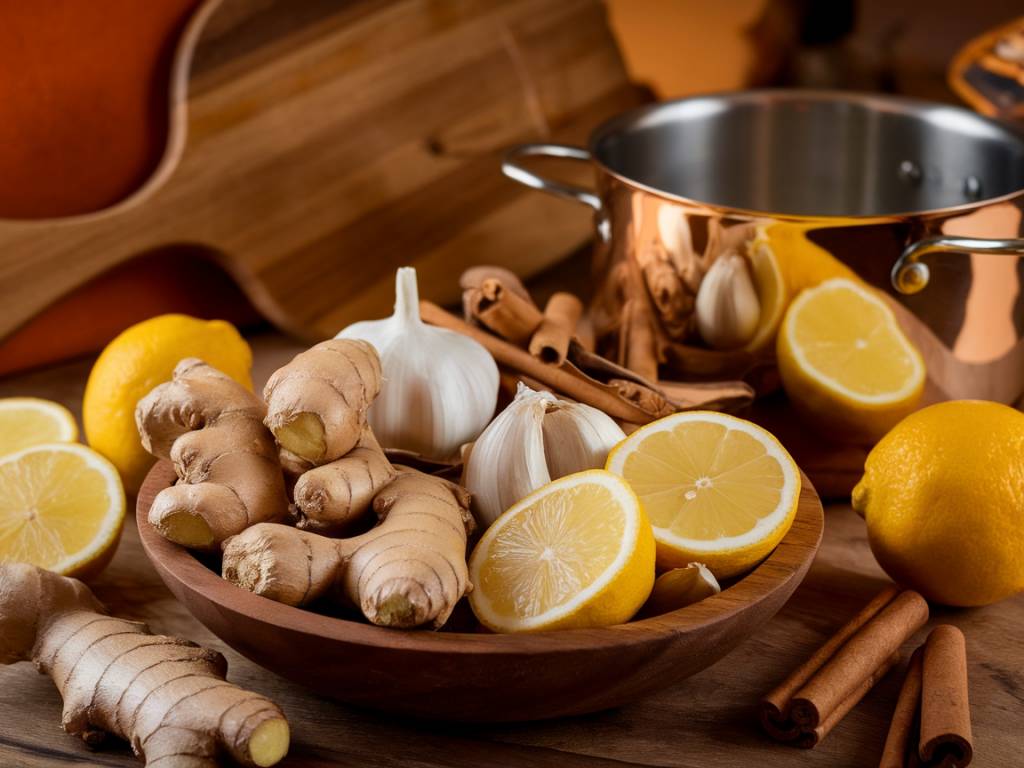Calories in Your Glass: Understanding the Basics
When it comes to social gatherings or a relaxed evening at home, a glass of wine or a pint of beer often sets the mood. Yet, not all alcoholic beverages pack the same caloric punch. While wine is frequently branded as the “classy choice” and beer as the “everyday casual” sip, the calorie content can surprise even seasoned drinkers. Understanding these differences helps you make informed decisions that align with your health and lifestyle goals.
Wine vs. Beer: Calorie Breakdown Per Standard Serving
Let’s compare apples to oranges—or rather, wine to beer—using widely accepted serving sizes:
- Wine (125 ml): Typically contains around 100 calories. This average applies to a standard 12% ABV wine, but can range from 80 calories for a light white to 120+ calories for sweeter or fortified styles.
- Beer (330 ml): Generally clocks in at 150 calories per pint of standard lager. However, a stronger craft beer with 6–7% ABV may soar to 200–250 calories, and high-gravity ales can exceed 300 calories.
On paper, beer seems the more calorific contender. Yet, the larger volume consumed, plus variations in alcohol by volume (ABV), can shift the scale in surprising ways.
Factors That Influence Drink Calories
Several key factors determine the final calorie count of your favourite tipple:
- Alcohol Content (ABV): Alcohol itself provides 7 calories per gram—nearly as dense as fat and more than carbohydrates or protein. The higher the ABV, the more calories you’ll consume.
- Residual Sugars: Off-dry and sweet wines contain extra residual sugars, adding to their caloric load. Port, dessert wines and late-harvest whites are prime examples.
- Carbohydrate Count: Beer’s maltose and dextrins contribute to its carb content, leading to both calories and potential bloating from carbonation.
- Serving Size: While a glass of wine is 125 ml, many bars serve 150–175 ml pours. Bear in mind that larger glasses quickly increase calorie intake.
Impact of Drinking Patterns on Calorie Intake
How you sip matters as much as what you sip. Consider these common drinking patterns:
- Wine Sipping: A single large pour (175 ml) at dinner can add up to 140 calories. Two glasses in the evening? That’s nearly 280 calories before dessert or snacks.
- Beer Drinking: At social events, consuming three standard bottles or pints (330 ml each) totals around 450 calories. Craft beer flights or high-strength ales push that number higher.
- Drinking Duration: Slower sipping over two hours allows more time for your body to process alcohol and reduces the urge for multiple refills.
By moderating both your pour size and the pace of consumption, you can enjoy your favourite drink without unintentionally derailing your daily calorie goals.
Healthier Choices for a Balanced Lifestyle
Enjoying an alcoholic beverage doesn’t have to clash with your wellness ambitions. Here are savvy swaps and mindful strategies:
- Opt for Lower-ABV Varieties: Seek out session beers (3–4% ABV) or light wines. These offer flavour with fewer calories.
- Watch Your Pour: Use a measuring pour or choose bars that serve strict 125 ml wine glasses. Many home pourers overfill by 20% or more.
- Alternate With Water: Hydrating between glasses slows your drinking pace and reduces total alcohol and calorie intake.
- Select Dry Styles: In wine, pick brut champagnes, extra-sec sparklers, or dry rosés. In beer, choose drier lagers and pilsners over sweet stouts.
Mixing It Up: Lower-Calorie Cocktails
If cocktails are more your style, you can still keep calories in check. Try:
- Spritzeners & Spritzes: Prosecco with soda water and a splash of fresh citrus for under 100 calories.
- Wine Spritzers: Half wine, half sparkling water. A refreshing twist that cuts calories by up to 50%.
- Light Beer Sangrias: Swap red wine for light lager and add sliced fruit.
- Vodka Soda With Lime: Crisp, low-calorie (around 100 calories) and gluten-free.
Reading Labels and Menu Declarations
Many breweries and wineries now list calorie and carb counts on their labels or websites. When dining out, don’t hesitate to ask your server for nutrition info. Armed with numbers, you can make empowered choices.
Takeaway Tips: Enjoying Wine & Beer Mindfully
Ultimately, alcohol can be part of an enjoyable, balanced lifestyle when approached thoughtfully:
- Plan your drink as part of your daily calorie budget.
- Pair with protein-rich or fibrous snacks to slow sugar absorption.
- Track your intake–apps like MyFitnessPal can log your wine and beer calories accurately.
- Listen to your body: moderate consumption helps maintain energy levels and avoids the next-day slump.
By prioritizing lower-ABV options, controlling portion sizes and balancing hydration, you can savour your favourite tipple without sacrificing your wellness objectives.

